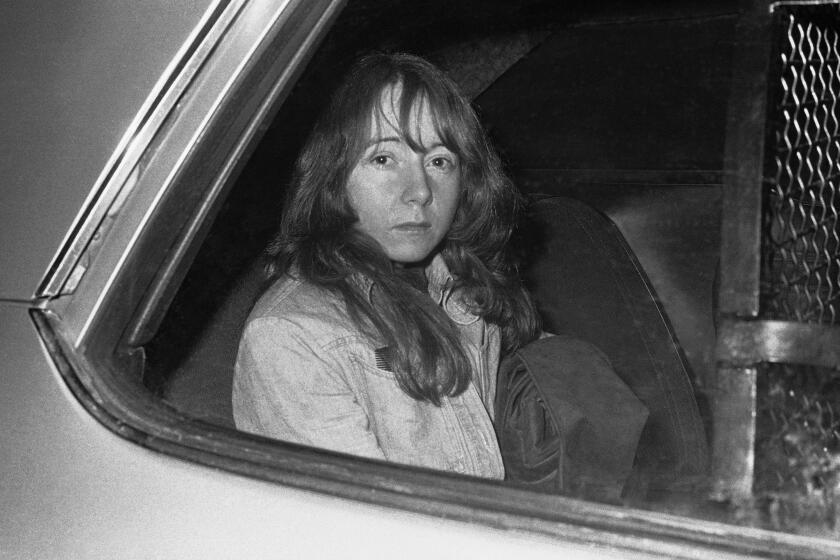U.S. Supreme Court Backs State Limit on Welfare Benefits
WASHINGTON â California can reduce its welfare spending by counting all the children under the care of one person as a single household, even if they are not related, the U.S. Supreme Court ruled Wednesday.
The 9-0 decision revives a state regulation, struck down by a lower court, that limits benefits for grandparents, aunts and other people who add needy children to their families.
Officials in Sacramento said that the ruling will save the state as much as $20 million a year. But legal aid lawyers said that ultimately it may cost the state more by forcing unwanted children into foster care.
In many states, non-siblings are treated as a second household, resulting in a higher welfare benefit. But California, along with at least five other states, counts all the children as one household, which has the effect of reducing the total benefit.
âCalifornia is simply recognizing the economies of scale . . . in such living arrangements,â wrote Justice Clarence Thomas for the court. The stateâs approach assures that âequally sized and equally needy households will receive equal AFDC assistance,â he added, referring to the federal Aid to Families With Dependent Children program.
Wednesdayâs decision came as the House is debating a major change in welfare laws. The justices sounded the same theme voiced by House Republicans, stressing that states should have âgreat latitudeâ and âbroad discretionâ in allocating welfare benefits.
Welfare is a joint federal-state program, governed by regulations set in Washington and Sacramento. The state and federal governments also split the cost evenly.
In 1991, California paid a maximum welfare benefit of $341 per month for a household with one needy child. A second child in the same household would raise the benefit to $560, and a third child would raise it to $694 per month. However, if the second and third children were counted as a second household, the caretaker would receive $341 plus $560, or $901 total.
Legal aid lawyers in Los Angeles and Seattle challenged the one-household rule adopted in California and Washington, arguing that the approach implicitly violates federal rules by shortchanging needy children who are not living with a parent. The California lawsuit was filed on behalf of Verna Edwards, a Los Angeles grandmother who is raising two grandnieces in addition to her granddaughter, and all other persons who are caring for needy children who are not siblings.
In response, the U.S. 9th Circuit Court of Appeals struck down state regulations as violating federal law. Lawyers for California appealed to the high court last fall. They received a big boost in November when Clinton Administration lawyers sided with the state and told the justices that the one-household rule is permitted under federal regulations.
So, without a dissent, the high court reinstated the California regulation (Anderson vs. Edwards, 93-1993).
âThe California rule sensibly and equitably eliminates disparitiesâ by counting all children the same, regardless of whether they are siblings, Thomas wrote.
More to Read
Get the L.A. Times Politics newsletter
Deeply reported insights into legislation, politics and policy from Sacramento, Washington and beyond. In your inbox three times per week.
You may occasionally receive promotional content from the Los Angeles Times.











